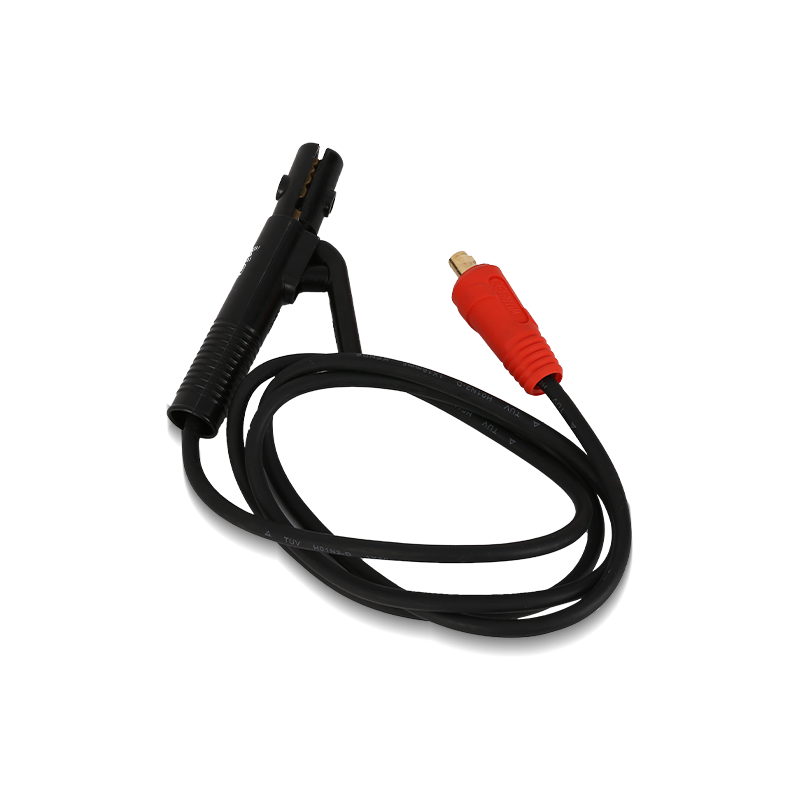The insulation material directly impacts the electric welding cable's ability to carry high currents while maintaining safety. For instance, the flexibility of rubber allows welders to maneuver the cables easily, reducing the risk of kinks or breaks that could cause electrical failures. Neoprene's resistance to environmental factors ensures that the welding cables remain intact even when subjected to some temperatures or exposure to chemicals. This durability is essential, especially in industries where welding is performed outdoors or in challenging conditions.
However, the use of electric welding cables is not without its safety concerns. The high currents carried by these cables can pose significant risks, including electric shocks and fire hazards. To mitigate these risks, welders need to adhere to safety protocols. Regular inspections of electric welding cables should be conducted to identify any signs of wear, such as fraying or damage to the insulation. Any compromised cables should be replaced immediately to prevent accidents.
Proper handling and storage of electric welding cables are also critical in ensuring safety. Cables should be stored in a dry, cool place away from direct sunlight and chemicals to prevent degradation of the insulation. When in use, it is essential to avoid dragging the cables across rough surfaces, as this can cause abrasions that compromise their integrity. Additionally, welders should ensure that connections are secure and that the cables are not exposed to water or other conductive materials that could increase the risk of electric shock.


